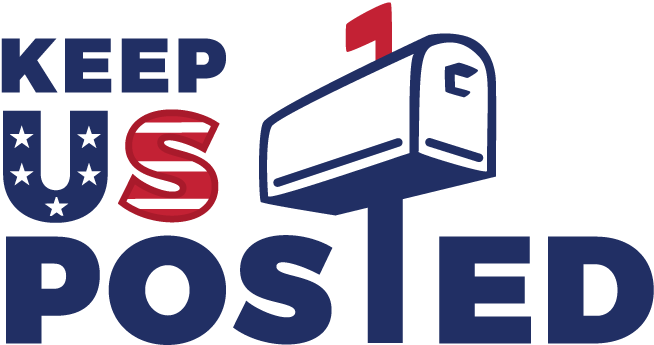Weekly Fiscal Facts are provided by the Wisconsin Policy Forum, the state’s leading resource for nonpartisan state and local government research and civic education. The Wisconsin Public Policy Forum logo can be downloaded here.
Why Wisconsin’s Property Taxes are Higher than Many States
Wisconsin’s relatively high residential property taxes are driven by a variety of factors, including: greater reliance on local service delivery here compared to elsewhere; more units of government using the property tax; few local revenue options other than the property tax; and the state’s constitutional “uniformity clause,” which requires all properties to be taxed at the same rate.
As the primary revenue source for local governments, property taxes are related to the public expenditures they fund. Wisconsin has a long history of providing most public services locally. In 1960, 74% of state-local spending here was done at the local level, the 2nd highest percentage nationally. Alhough that percentage has declined, about 53% of Wisconsin state-local spending was done locally.
Despite providing most public services, local governments have few revenue options available other than the property tax. The impact is clear when local revenues are compared to other states. In 2015, Wisconsin local governments collected $126 per capita in taxes other than the property tax; only 12 states collected less. Nationally, these other local taxes averaged $575 per capita; the median was $458 per resident.
Additionally, Wisconsin has “more fingers in the property-tax pie.” In Wisconsin, K-12 schools and technical colleges, municipalities, counties, and special districts all use the property tax. Many states have fewer draws on the property tax.
Finally, Wisconsin’s constitutional uniformity clause requires all property to be taxed at the same rate. Many other states tax residential property less than commercial or industrial property, resulting in lower property taxes on primary residences.
This information is a service of the Wisconsin Policy Forum, the state’s leading resource for nonpartisan state and local government research and civic education.



